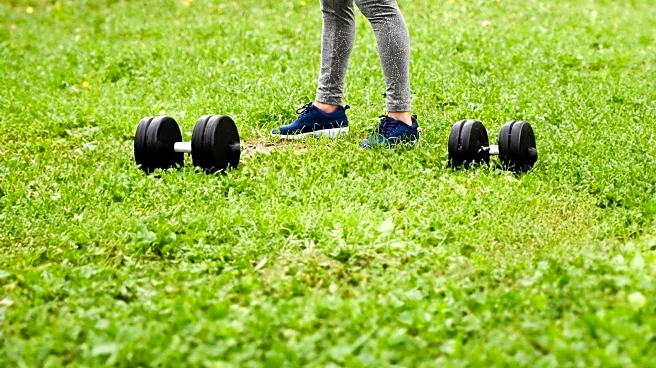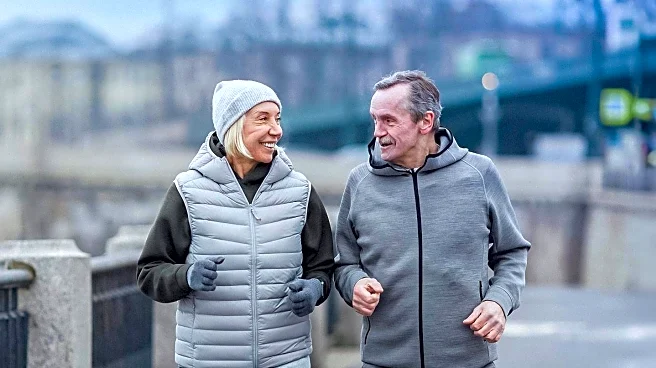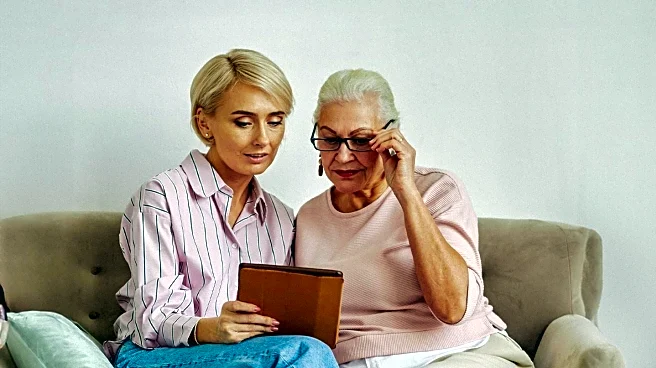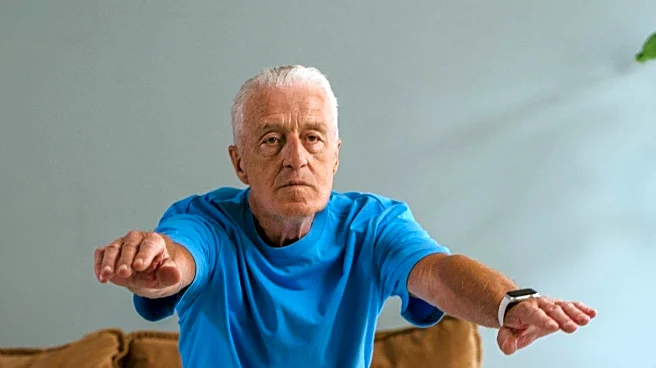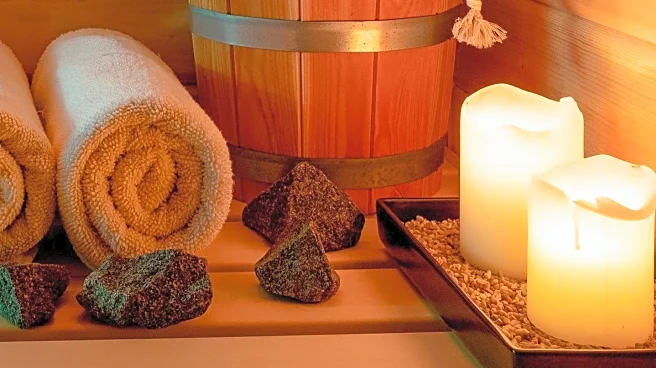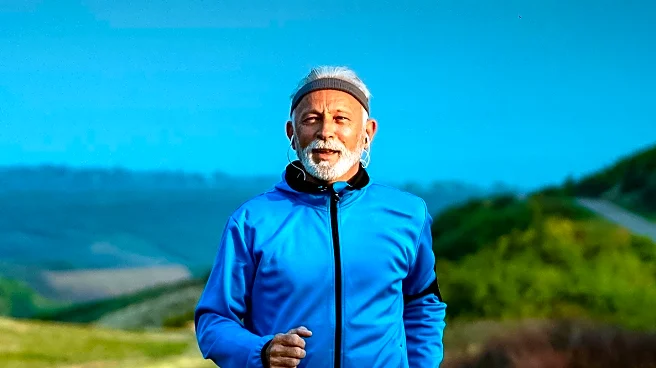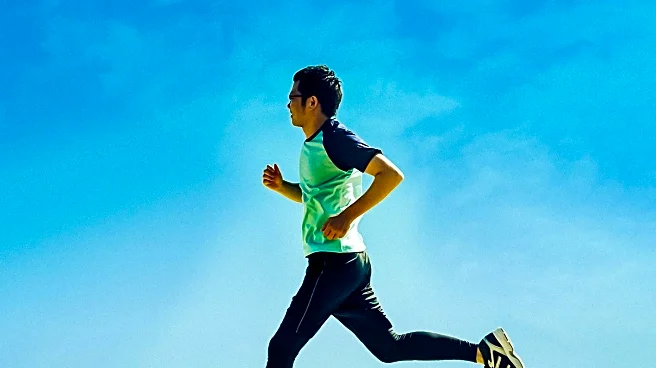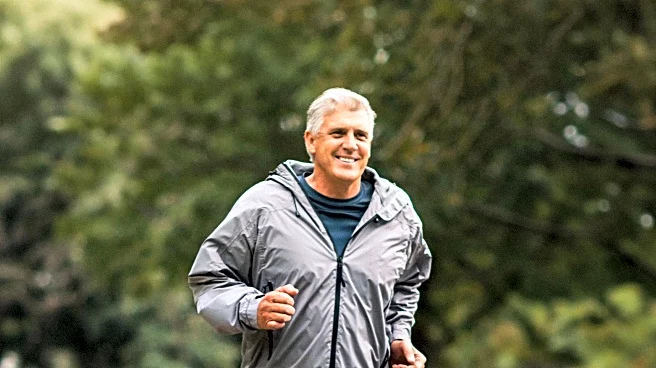What's Happening?
Recent research highlights the benefits of endurance exercise, such as long-distance running, swimming, and cycling, in maintaining a healthier immune system as individuals age. The study analyzed health data from participants with an average age of 64,
comparing those who regularly engaged in endurance exercise with those who did not. Findings revealed that individuals with a history of endurance training had more adaptable and efficient natural killer cells, which are crucial in defending against infections and cancerous cells. This suggests that endurance exercise may contribute to a younger-acting immune system, potentially reducing susceptibility to illnesses.
Why It's Important?
The study underscores the potential of endurance exercise to enhance immune function, which is particularly significant for older adults who face a natural decline in immune efficiency. By promoting a healthier immune system, endurance exercise could reduce healthcare costs and improve quality of life for aging populations. This research may influence public health recommendations, encouraging more individuals to incorporate endurance activities into their routines. However, experts caution that while the study shows promising results, further research is needed to determine the direct impact on longevity and disease prevention.
What's Next?
As the findings gain attention, healthcare providers and fitness professionals may advocate for increased participation in endurance exercises among older adults. Future studies could explore the specific mechanisms by which endurance exercise influences immune function and investigate its effects on other aspects of health. Additionally, public health campaigns might focus on promoting accessible endurance activities to encourage widespread adoption.
Beyond the Headlines
The study raises questions about the broader implications of exercise on aging and health. It highlights the need for a holistic approach to wellness that includes physical activity, nutrition, and lifestyle choices. The research also prompts discussions on how society can better support older adults in maintaining active lifestyles, potentially influencing urban planning and community resources.
